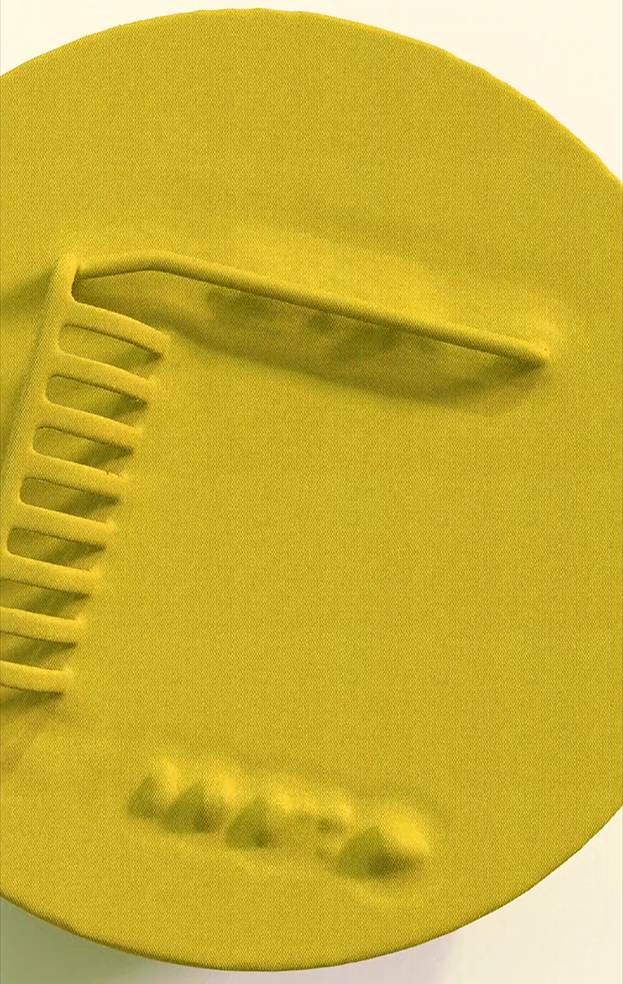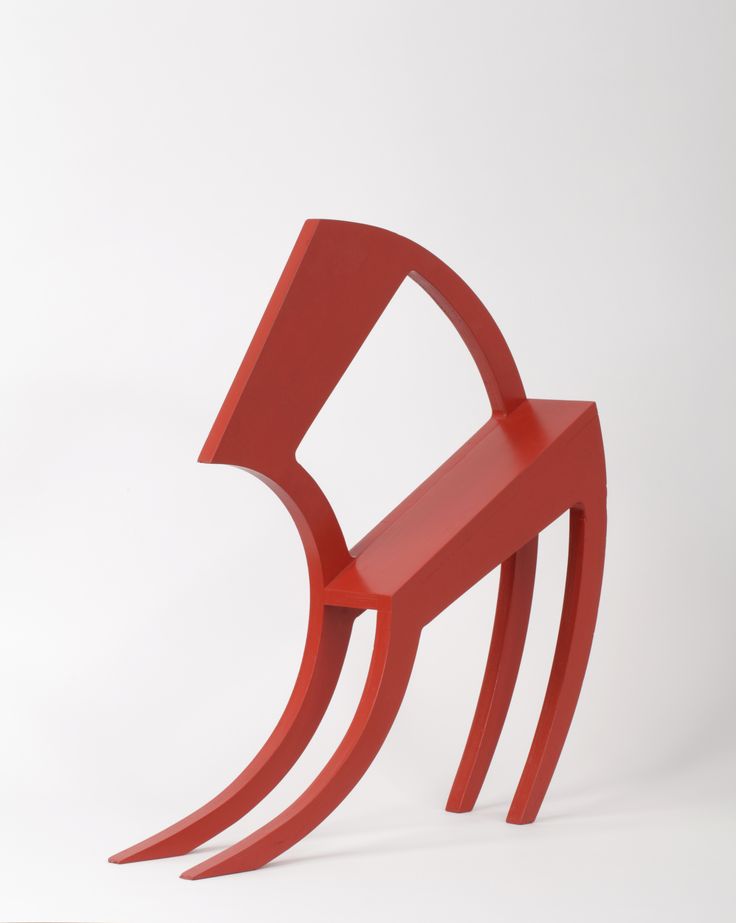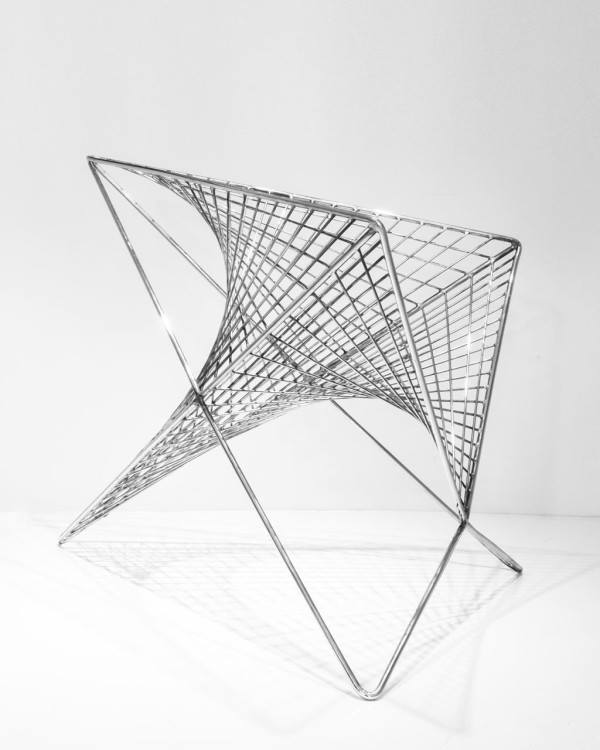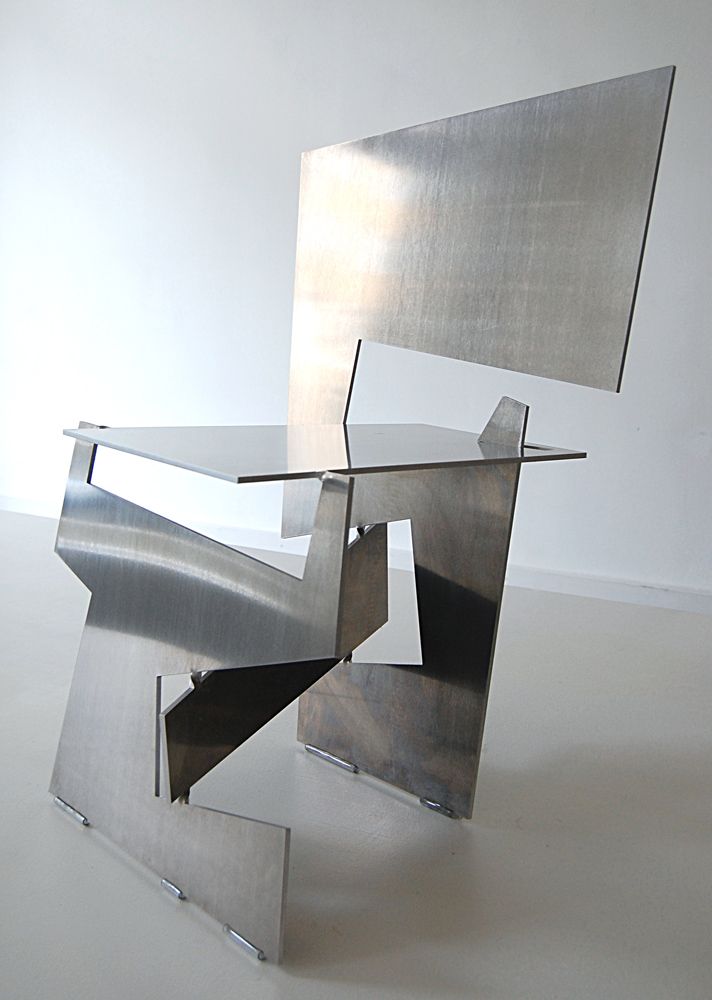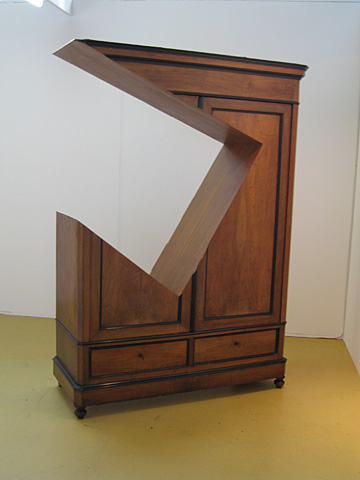“Hannes Van Severen makes the connection between reality and imagination in his work. The artist starts with an existing, everyday object, usually a piece of furniture, which he then transforms and changes. In this way, he deprives the object of its original functionality and allows its aesthetic value to prevail. As a result, the original usefulness of the everyday object no longer predominates, but his work nevertheless continues to be a visual reference to the original. With this paradoxical construction, Hannes Van Severen creates a fictitious world of images with alternative, intrinsic meanings and potential. The observer has to let go of the explanatory and allow his or her imagination to take flight. In combination with the personal experience of the observer, a richer dimension of the reality experienced will emerge with the new reading and interpretation of things that are apparently obvious. With this transformation, Van Severen wants to break down our recognition, to question the obviousness of our reality, and to show us the absurdity that surrounds us. Like the cubists and the surrealists, the artist divides into pieces and rearranges an existing reality, which means that he can be described as a saboteur of the obvious.” Stef Van Bellingen





